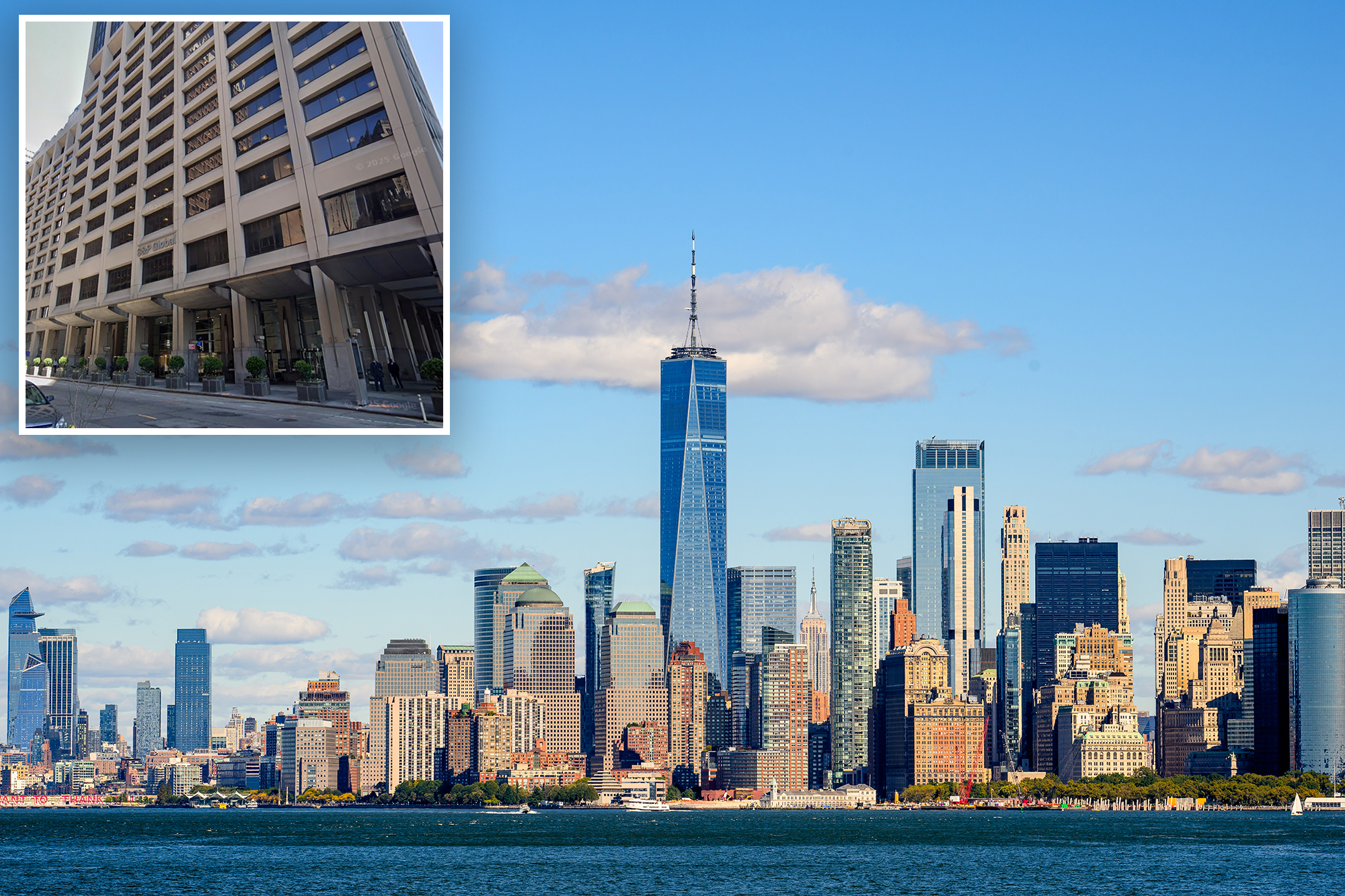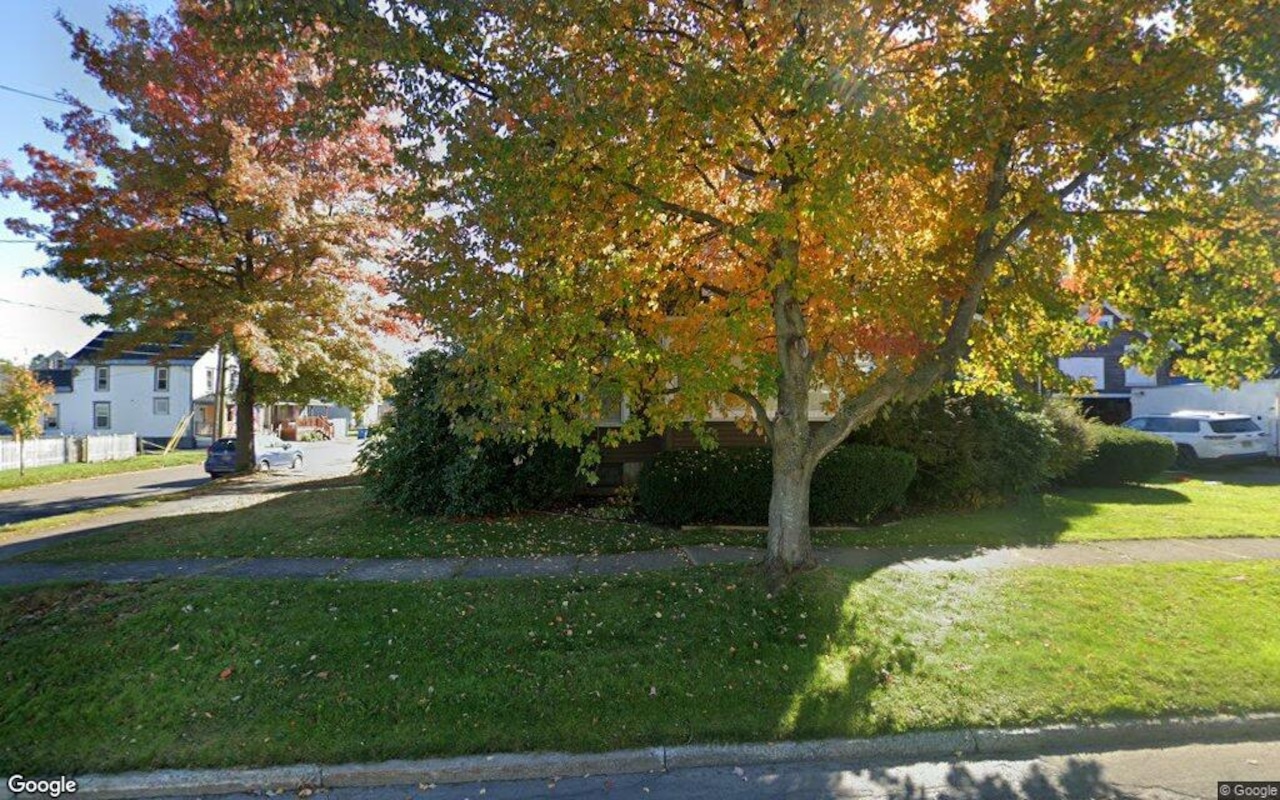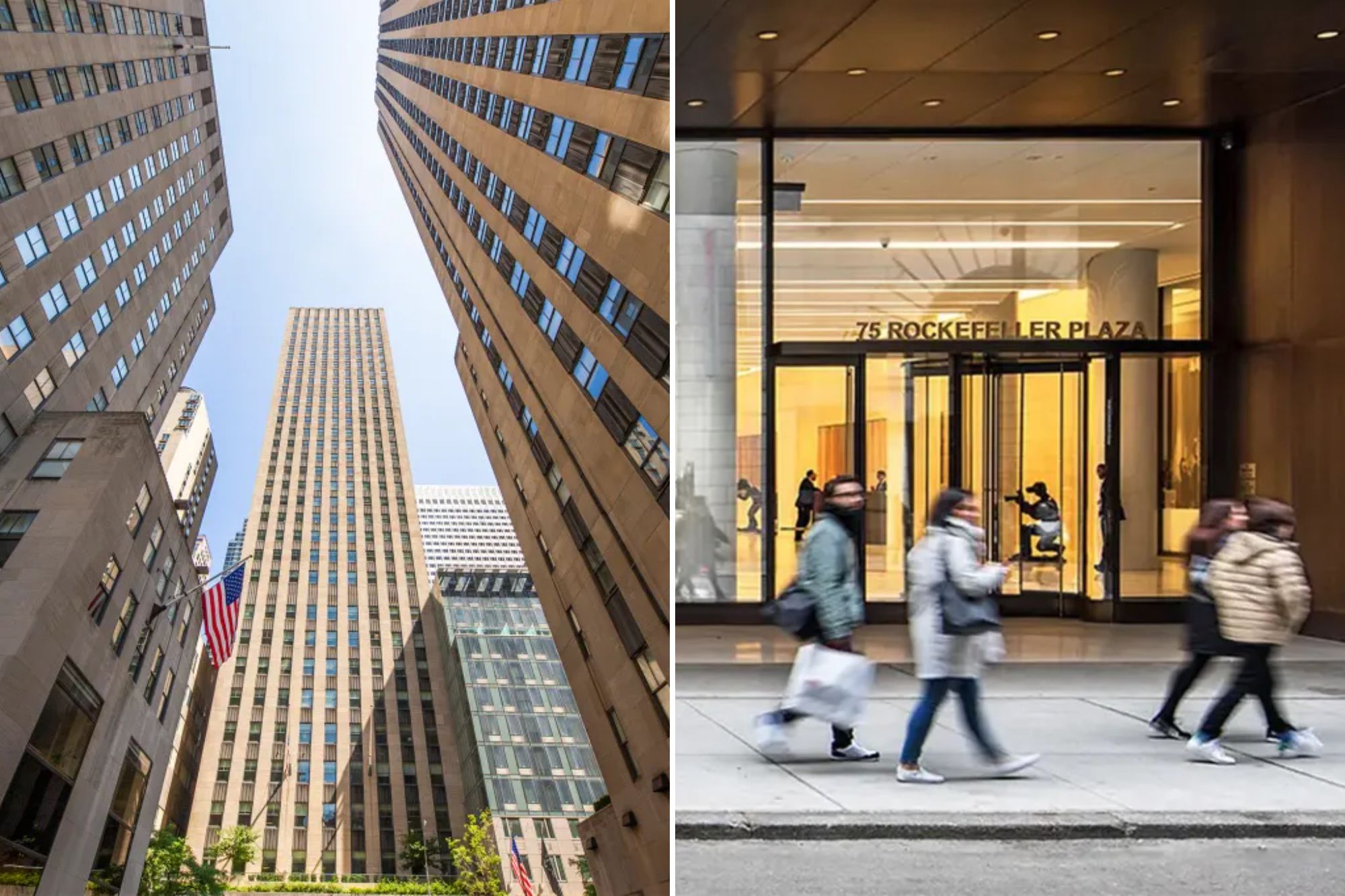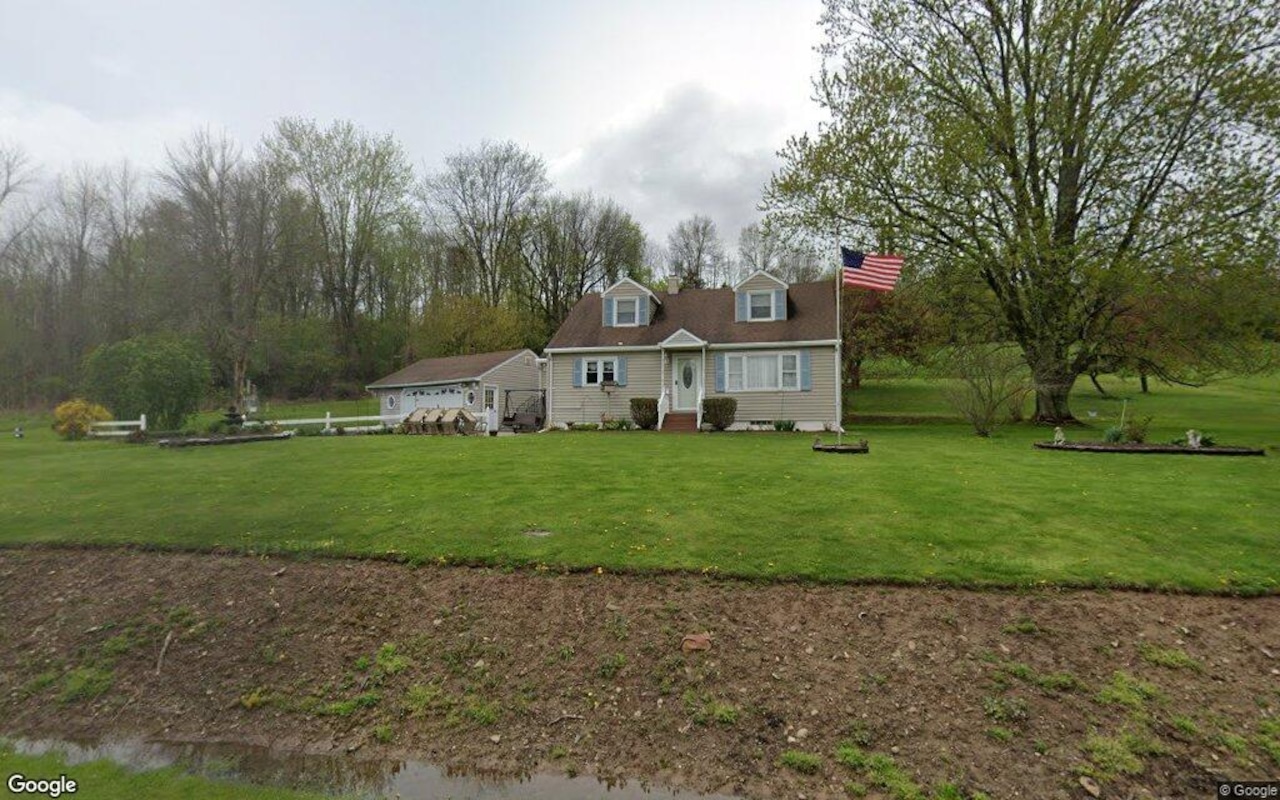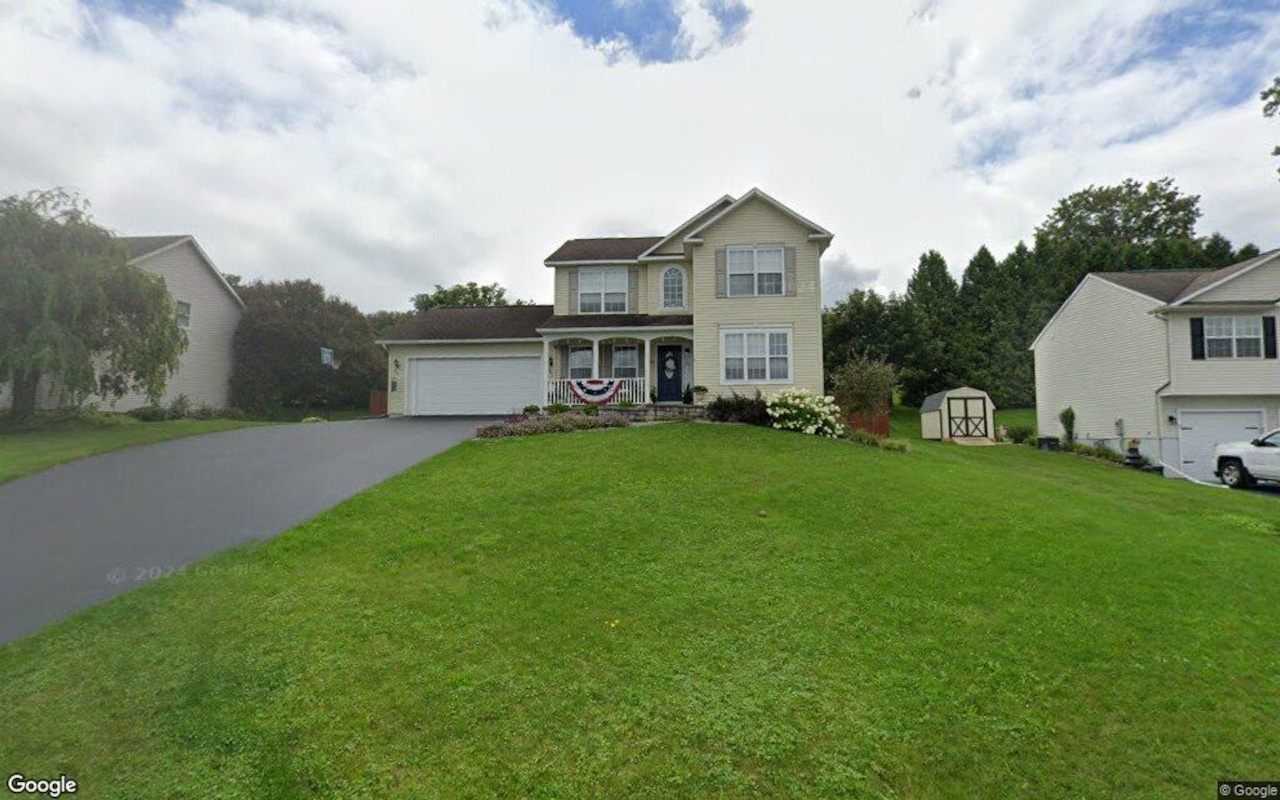J
obs data released on Nov. 20 showed the U.S. added 119,000 jobs in September, beating forecasts, but the unemployment rate rose to 4.4 % and wages grew only 0.2 %. The stronger‑than‑expected hiring makes the Fed’s December decision on a third rate cut more uncertain, as “inflation hawks” point to solid payrolls and nearly 4 % annual wage growth, while “doves” cite the uptick in unemployment. With the BLS postponing the October report, the September figures are the last set the Fed will see before its Dec. 9‑10 meeting, leaving officials with a hazy view of economic health. Consequently, mortgage rates are likely to stay near current levels, hovering around the one‑year low of 6.26 % for the 30‑year fixed, a slight rise from 6.24 % a week earlier.
Despite the shutdown’s broader impact, existing‑home sales grew 1.2 % from September to October, reaching a seasonally adjusted annual rate of 4.1 million units—an increase of 1.7 % year‑over‑year that met expectations. Median sales price climbed to $415,200, up 2.1 % from a year ago, as falling mortgage rates offset supply constraints. NAR chief economist Lawrence Yun noted that first‑time buyers still face challenges in the Northeast and West, but fare better in the Midwest and South where inventory is plentiful.
Mortgage activity remains steadier, with purchase and refinance volumes stabilizing amid lower volatility, according to Freddie Mac and One Real Mortgage CEO Samir Dedhia. Yet the Mortgage Bankers Association reports a 2 % drop in the weekly purchase index for the week ending Nov. 14, though it remains 26 % above the same period a year ago when rates were 6.84 %.
Builder confidence stays low, with the NAHB Housing Market Index rising only from 37 in October to 38 in November, still below 40 for the first time since April. The index shows 41 % of builders cut prices in early November—a post‑COVID record high—reflecting demand‑side weakness, a softening labor market, and stretched consumer finances, according to NAHB chief economist Robert Dietz.

